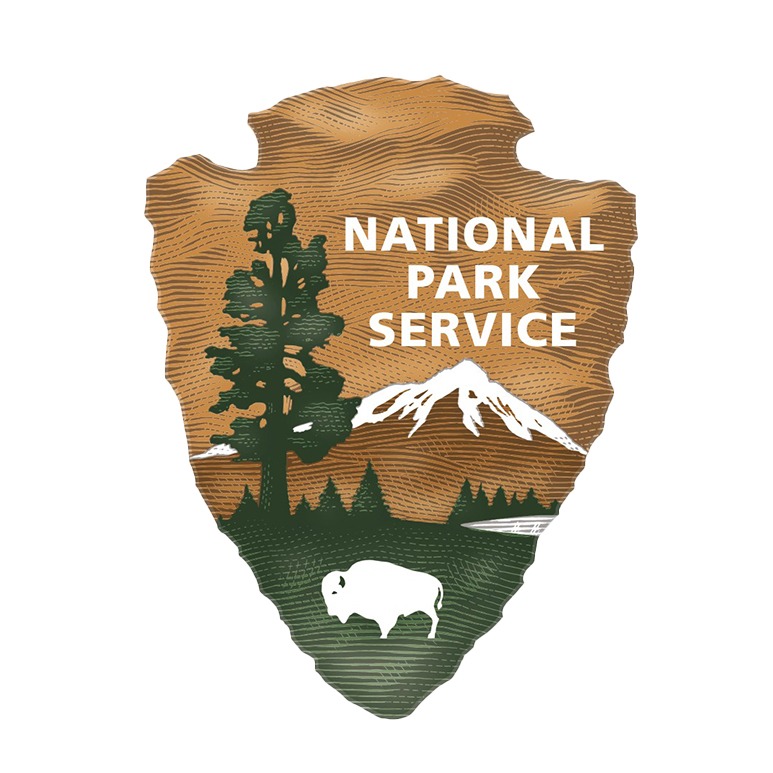*This is a 2021 archived project, view this year’s projects here.
Project overview: Use remote cameras, genetic analysis and scientific models to inform strategies for saving the Sierra Nevada red fox, a rare subspecies believed to be on the edge of extinction.
The backstory: Sierra Nevada red foxes are uniquely adapted to life at high elevations, sporting thick coats and dense fur that turns their paws into snowshoes. But being well-suited to a cold, snowy clime isn’t enough to protect this mammal. The fox, a candidate for the endangered species list, is extremely rare in its namesake range. Biologists have counted startlingly few individuals in and around the park, including just eight around Sonora Pass, and they believe the Yosemite-area population may vanish entirely without intervention.
In early 2015, through a Conservancy-supported project, biologists reported the first sighting in 99 years of a Sierra Nevada red fox within Yosemite National Park’s boundary. Now, in order to shape an effective conservation plan, researchers are working to fill a range-wide gap in information about the fox’s population size and distribution.
Over the course of several years of Conservancy-funded work, researchers have used remote cameras, field surveys (with help from specially trained scent dogs) and genetic analysis to study the Sierra Nevada red fox. Focusing on locations with a high likelihood of detecting the elusive species, they’ve been gathering data to determine how many foxes live in the Yosemite area, and to figure out where and how far these scarce mammals travel in and around the park. So far, researchers have recorded at least 20 confirmed red fox detections, thanks to cameras and scat samples.
This year: In 2021, your support will help scientists delve into the final phase of this multiyear research effort. In addition to gathering another round of images from remote cameras, the team will analyze genetic samples, such as scat and hair, and they will work with university researchers to examine how fox habitat overlaps with that of competing predators, such as coyotes and martens. Through this collaborative endeavor, researchers aim to better understand the size and geographic range of the Yosemite-area Sierra Nevada red fox population and, ultimately, to inform a comprehensive species recovery plan.
Project partners: Yosemite National Park; California Department of Fish & Wildlife; Oregon State University; Rogue Detection Teams; and University of California, Davis.

